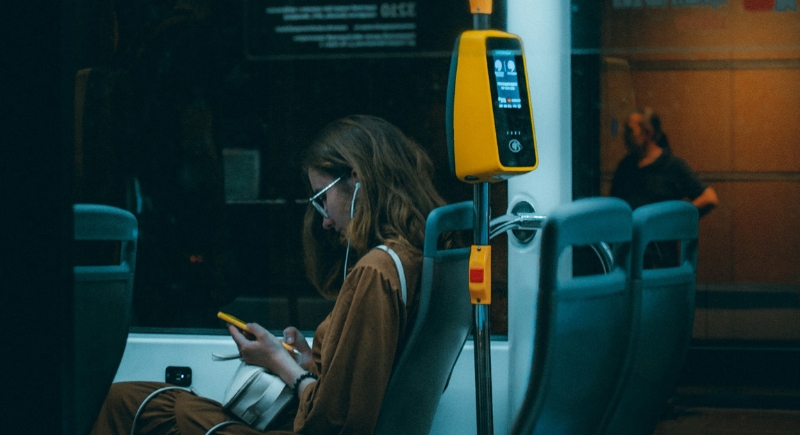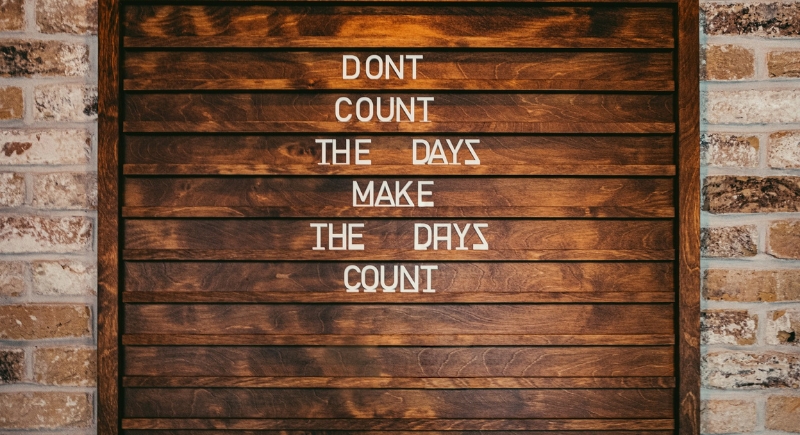The Secret to Having the Best Day Ever, Backed by Science
The difference between a good or bad day isn’t always in how exciting or significant it was. Researchers from the University of British Columbia, led by Dr. Elizabeth Dunn, have identified the factors that contribute to these “better” days. Their findings were published in The Journal of Positive Psychology.
The study utilized data from the American Time Use Survey (ATUS) to examine how 2,000 participants rated their days based on the activities they engaged in. The ATUS is a comprehensive survey that collects data on how Americans spend their time. Participants were asked to rate their satisfaction with their day based on time spent in various activities. With the help of machine learning techniques, patterns in the data started to emerge. The researchers found that specific combinations of activities contributed to a better day, with none being particularly out of reach or difficult to attain.
How Connection Shifts a Day

Image via Unsplash/Jonathan Borba
The study revealed that time spent with people had a significant impact on how people perceived their day. The data suggested that spending around six hours with family, two hours with friends, and an extra hour and a half in casual interactions with neighbors or service providers, such as the barista at a café, were associated with better days.
Importantly, these interactions didn’t need to be organized in rigid blocks of time and often overlapped, such as sharing a meal with family or walking with a friend — meaning time could contribute to more than one source of satisfaction at once.
These moments of connection helped break up the day’s routine and fostered a sense of belonging, which can often be lost amid busy schedules.
However, the researchers noted that socializing beyond a certain point, around two hours, didn’t continue to offer the same positive effects. They compared it to seasoning in cooking: too much, and it becomes less effective. The key was that these social interactions were meaningful, involving real conversations and genuine connections.
Moving With Intention
Exercise, unsurprisingly, also made the cut for what contributes to your best day ever. But not in the way it’s often preached. Individuals who spent about two hours on enjoyable physical activities or simply being outdoors reported higher satisfaction.
In addition, the study found that people who worked fewer than six hours a day tended to report higher satisfaction. While work itself wasn’t inherently negative, longer hours were correlated with lower satisfaction. The study showed that those who wrapped up their workday earlier were more likely to consider the day “better-than-average.”
Small Decisions That Add Up

Image via Unsplash/Vladislav Bychkov
Another factor was screen time. Parents are going to have a field day with this one. According to the study, the tipping point for screen time was one hour. After that, the correlation with a better day slipped fast. Most of that screen time was passive, like television, but it was a thing of attention. So what made a difference was cutting back enough to leave room for other things.
Commuting was another area where less really did mean more. Fifteen minutes or less seemed to be the sweet spot for how long you should spend commuting in the day. A long commute raised stress and lowered satisfaction.
For those who worked from home, this was a built-in win. For everyone else, the takeaway was to protect what time they could on either side of the workday.
No Formula to Follow

Image via Unsplash/Samuel Regan-Asante
The researchers never claimed this combination was a universal solution. It was an average based on what lifted the mood for most. That means it won’t fit everyone exactly. Some people want more quiet and space to think, so they won’t thrive as others may with the company.
The study is simply a reminder that a good day is a result of choosing the right things to care about and giving them enough time to take root. It appears that’s more than enough.